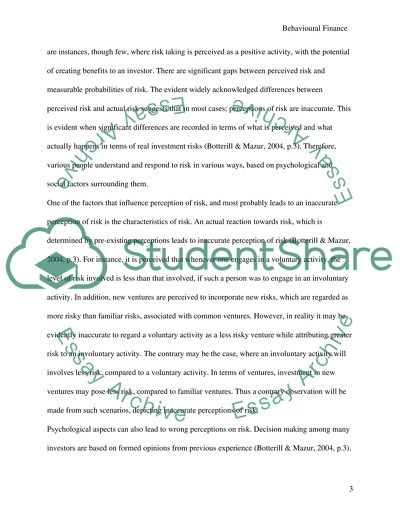Cite this document
(“Behavioral finance Coursework Example | Topics and Well Written Essays - 1750 words”, n.d.)
Behavioral finance Coursework Example | Topics and Well Written Essays - 1750 words. Retrieved from https://studentshare.org/finance-accounting/1688992-behavioral-finance
Behavioral finance Coursework Example | Topics and Well Written Essays - 1750 words. Retrieved from https://studentshare.org/finance-accounting/1688992-behavioral-finance
(Behavioral Finance Coursework Example | Topics and Well Written Essays - 1750 Words)
Behavioral Finance Coursework Example | Topics and Well Written Essays - 1750 Words. https://studentshare.org/finance-accounting/1688992-behavioral-finance.
Behavioral Finance Coursework Example | Topics and Well Written Essays - 1750 Words. https://studentshare.org/finance-accounting/1688992-behavioral-finance.
“Behavioral Finance Coursework Example | Topics and Well Written Essays - 1750 Words”, n.d. https://studentshare.org/finance-accounting/1688992-behavioral-finance.


